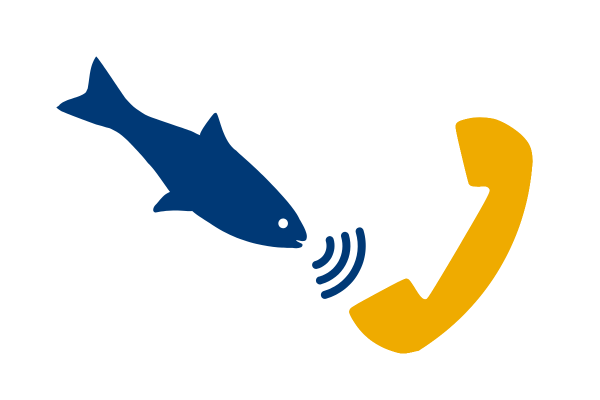Phishing Techniques
Scammers will employ various techniques during their phishing campaigns. These are designed to make their attacks more effective, and are often changed depending on the target. Click one of the topics below to learn how to identify and protect yourself from these techniques!
SecureIT
Street Address
1550 Johnston Dr., ľĂľĂÎçŇąĐßĐßÓ°ÔşĂâ·ŃąŰż´, Ohio 44242Mailing Address
800 E. Summit St.ľĂľĂÎçŇąĐßĐßÓ°ÔşĂâ·ŃąŰż´, OH 44242









